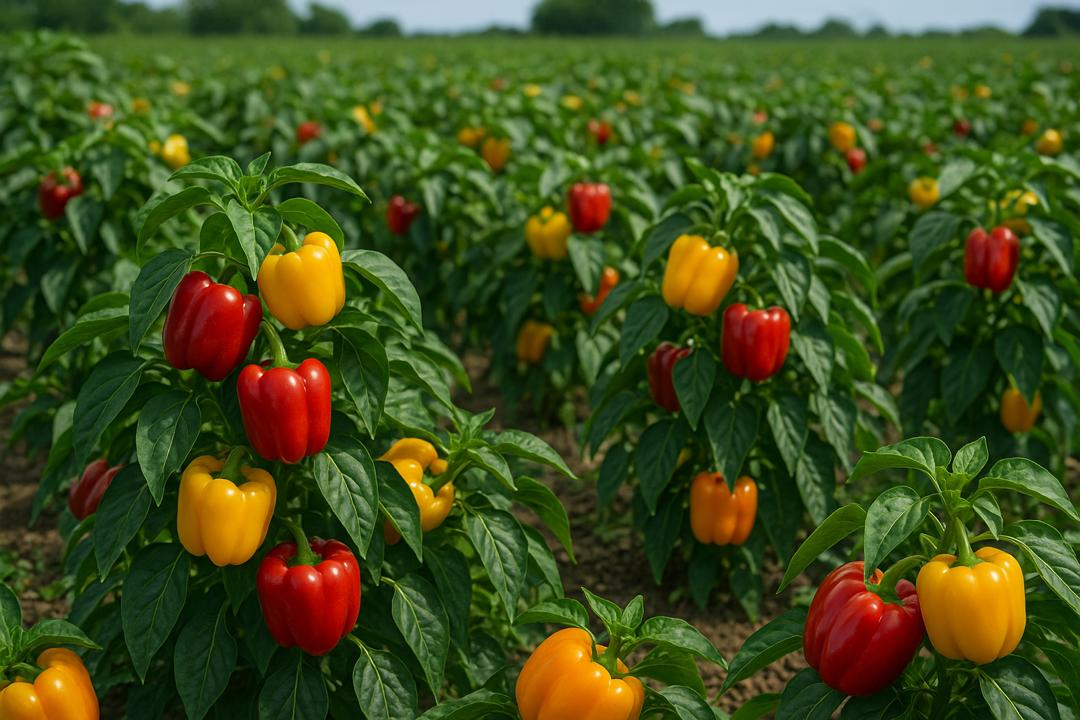
Bell pepper is one of the key agricultural products and among the most popular vegetables in the global food basket. Its international appeal lies not only in its taste and vibrant appearance—available in red, yellow, green, orange, and even rare colors such as purple, white, brown, and fluorescent—but also in its impressive nutritional value, being rich in vitamin C, antioxidants, and lycopene.
Thanks to its diverse climate, fertile soil, and advancements in agricultural technologies such as greenhouse cultivation and hydroponics, Iran has emerged as one of the leading exporters of bell peppers in the region. This crop is exported to various countries including Russia, Iraq, Persian Gulf nations, and even some European markets.
Why Bell Pepper Matters in Global Trade:
• High Nutritional Value: Rich in vitamins C and A, and loaded with antioxidants
• Versatile Uses: Consumed raw, cooked, or used in sauces and processed foods
• Relatively Easy to Store: Good post-harvest shelf life under cold storage conditions
• Large Consumer Markets: Europe, Russia, UAE, Iraq, Qatar, Oman, and Central Asian countries
Bell Pepper Production in Iran:
Iran produces approximately 700,000 tons of bell peppers annually, with around 100,000 tons dedicated to export markets. The crop is cultivated in various regions across the country, and thanks to advanced greenhouse systems, production is possible throughout the year. Key features of bell pepper cultivation in Iran include:
• Greenhouse Cultivation: Over 60% of Iran’s export-quality bell peppers are grown in greenhouses, allowing for precise control over temperature, humidity, and pests.
• Hydroponic Systems: Soilless farming techniques have enhanced product quality and optimized water consumption.
• Genetic Diversity: Iran produces a wide range of colorful bell peppers—particularly red and yellow varieties—which are in high demand globally.
• Low Production Costs: Lower costs of energy, labor, and land compared to many other countries give Iran a competitive edge.
• Year-Round Production: Diverse climate zones enable continuous cultivation throughout the year.
• Geographical Proximity to Target Markets: Short distances to major importers like Iraq, the UAE, and Russia reduce transportation costs and ensure fresher deliveries.
• Quality and Variety: Iranian bell peppers are appreciated for their rich colors, pleasant taste, and high nutritional value—hallmarks of Iranian agricultural products.
• Favorable Trade Relations: Trade agreements with countries such as Russia, the Eurasian Economic Union, and Arab nations have further facilitated exports.
Despite these advantages, the key question remains:
Why do target countries prefer to import bell peppers from Iran?
We will explore this in more detail in upcoming articles.
written by: Sara Ebrahimi
















